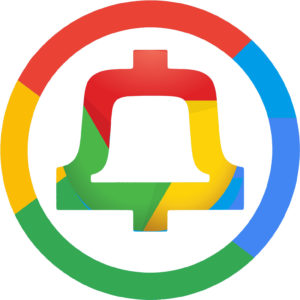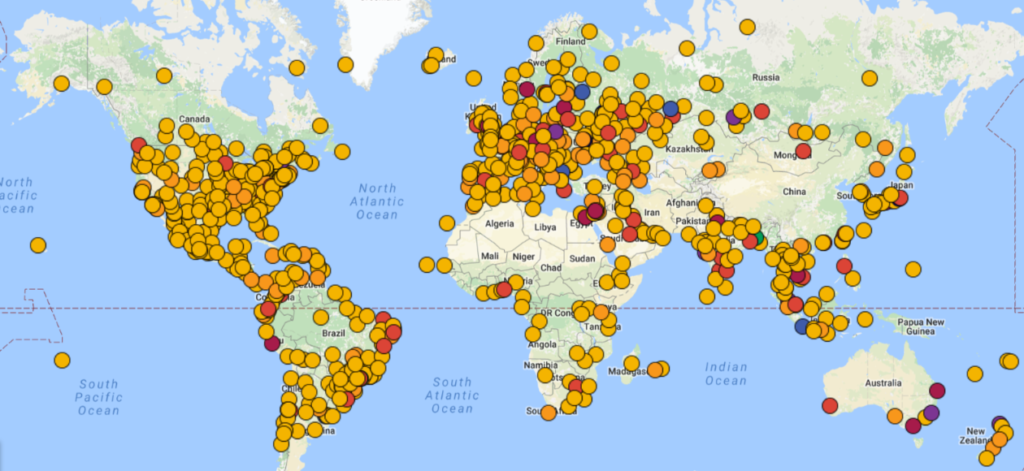Does your mobile phone provide better quality than a typical webcam? I'll test some virtual webcam software for mobile.
Meet Google – the new telephone company
Read about the secret underpinning of Google's new Meet service.
Google announced the newest version of Hangouts simply called Meet during this week’s Google Next event in San Francisco. There are plenty of press articles on how great, so I won’t waste your time.
Indeed the Google team spent an incredible amount of time thinking and re-thinking the entire process of starting a meeting. They wanted it to be intuitive, fast and frictionless. The effort was mostly a lot of polishing. Making something look easy is always hard.
Folks always imagine that Google has hundreds of people working on {insert name of Google project}. The big surprise is how limited the resources often really are. Google Meet’s core team is a grand total of 5. As in 1-2-3-4-5. More is not always more. The punch line it may be better to have a handful of small & focused people on something than a mighty team.
So Google Meet is a great product offering executed by a small focused team. But wait, there’s more.
In the past months, I’ve attended meetings using Google Meet. My WebRTC hawk ears & eyes are tuned to detect problems. A random frame drop off. A periodic audio packet gone astray. I hear or see it.
Yet Google Meet operated flawlessly. In fact, I nearly had to focus on the content of the meeting versus being annoyed by strange audio or video artifacts that often are simply part of the norm of an Internet-based video call.
[ecko_contrast]Why does Google Meet work so well?[/ecko_contrast]
The answer is the Google network.

To support Google’s broad range of services, they’ve quietly gone about installing, buying, burying or sinking cables all over the world to create their own network capabilities. In 2013, Deepfield calculated that Google services represented 25% of all traffic in the US. So it’s no surprise, Google wants you to have a good experience, their core business depends on a reliable network.
To make this happen, Google decided to get as close to you as possible with cache servers connected to their managed and often owned backbone. Today, about 50% of all ISP’s are connected directly to Google. The other 50% probably don’t matter.
The way I figure it, you’re probably no more than 10 km away from a Google network point.
[ecko_wide] [/ecko_wide]
[/ecko_wide]
Not happy with this, Google also set themselves up to provide peer connectivity to pretty much anybody who met some basic criteria. You can connect directly to Google at ~ 90 Internet Exchanges around the world (basically rooms where ISP’s cross connect) and another 100 or so interconnection points in numerous data centers around the world.
In short, Google wants any of its’ traffic to get off the public Internet as fast as possible so they can manage the quality of the connection.

Video is highly dependent upon solid low latency low packet loss transmissions. No amount of patents, trickery or sleight of hand gets you around this axiom. Thus that Google Meet rides on Google’s private network is a hidden secret.
What’s wrong with the public internet? Internet providers constantly bicker with each other about who is carrying whose traffic from Point A to B. They play numerous dirty tricks like over subscribing the bandwidth, routing certain packets to cheaper networks and sometimes just not routing them at all if they’re in a bad mood. This is why trying to run a real-time voice/audio call long distances across the public internet is fraught with risk. Sometimes it works and works well but when it doesn’t work, you have no idea who to blame. The ISP’s like it that way. Hiding in the shadows.
Now Google isn’t alone in trying to circumvent the core Internet. Amazon Web Services, Microsoft, and Facebook dig, bury and sink their own cables.
Only they’re collectively a fraction of what Google has.
AWS only has ~ 40 worldwide interconnect points, Azure about ~ 45. Facebook only ~ 20. This means Google has easily the 2x the network fire power of their nearest competitor. Netflix is the sleeper in this group with about 90% of US residential ISP’s are directly connected to them.
Google Cloud Platform (GCP) is also leveraging the Google Network, so if you’re running any media time sensitive SaaS (i.e. WebRTC) application, your performance on GCP will likely be significantly better than AWS.
AWS will struggle to match Google anytime soon in these network capabilities. Retail Amazon.com is not a media heavy application and the bulk of AWS services aren’t time sensitive. However, if Amazon (or anyone else) wants to sell you enterprise services where users are online all day long, they’ll clearly have to step up to the network challenge.